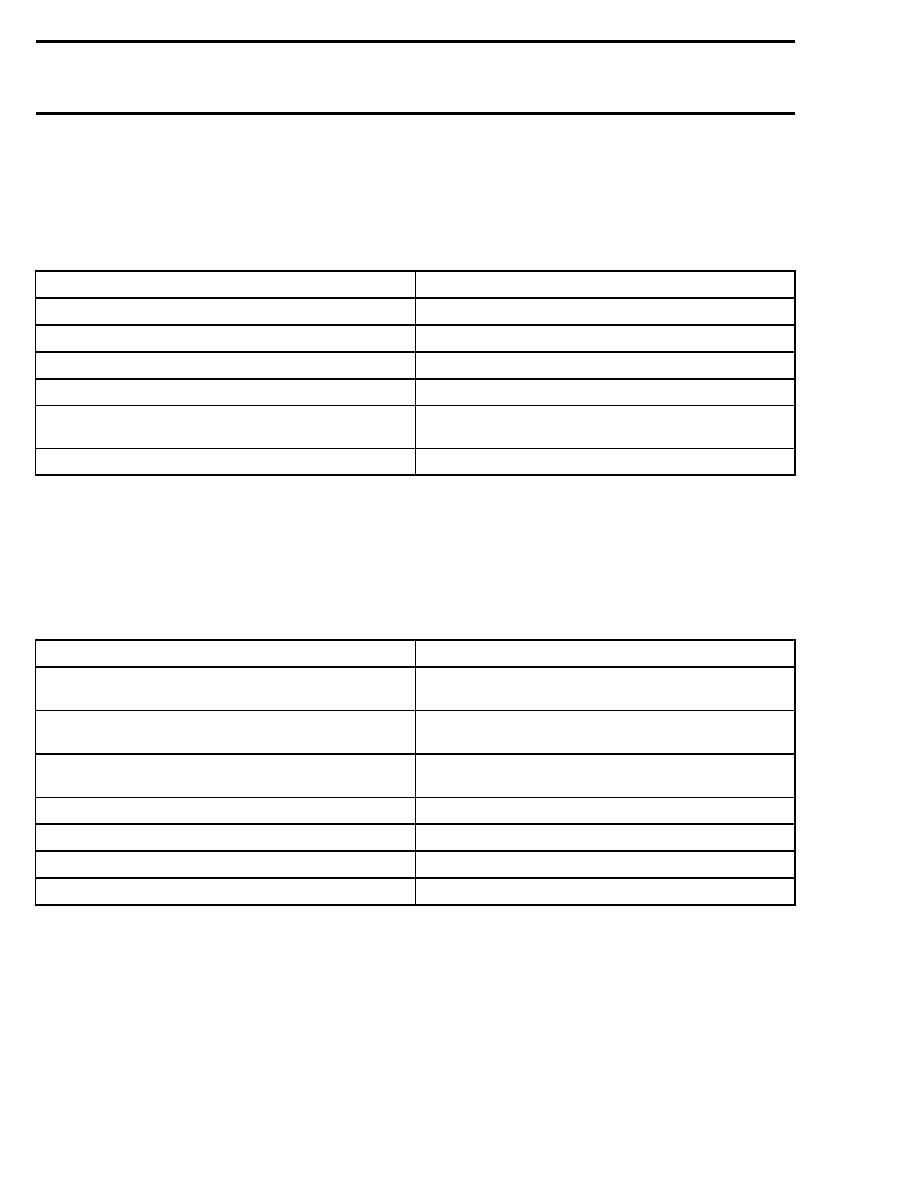Snowmobile Ski Doo REV SERIES (2006 year). Instruction - part 63

Section 06 ENGINE MANAGEMENT (SDI)
Subsection 02 (DIAGNOSTIC PROCEDURES)
TPS “OUT OF RANGE” Fault
It is caused by the sensor reading going out of its allowable range. This fault can occur during the whole
range of movement of the throttle.
To diagnose this fully, it is recommended to operate the throttle through its full range. It is also recom-
mended to release the throttle quickly as this may also reveal a fault that is intermittent.
POSSIBLE CAUSES
ACTION
Check if connector is disconnected from TPS
Reconnect.
Check if sensor is loose
Tighten sensor and reset Closed Throttle.
Inspect sensor for damage or corrosion
Replace sensor and reset Closed Throttle.
Inspect wiring (voltage test)
Repair.
Inspect wiring and sensor (resistance test)
If bad wiring, repair.
If bad TPS, replace and reset Closed Throttle.
Test sensor operation (wear test)
Replace sensor and reset Closed Throttle.
TPS “ADAPTATION FAILURE” Fault
It is caused by the idle position moving out of an acceptable range.
Following problems can be caused by a TPS “Adaption Failure“:
– Idle speed is out of range.
– Engine stops, when throttle is released quickly.
– Engine runs inconsistent in low partload or low RPM.
POSSIBLE CAUSES
ACTION
Sensor has been replaced and TPS closed
position not reset
Reset Closed Throttle.
Throttle body has been replaced and TPS
closed position not reset
Reset Closed Throttle.
ECM has been replaced and TPS closed
position not reset
Reset Closed Throttle.
Throttle cable too tight
Adjust cable and reset Closed Throttle.
Sensor is loose
Tighten sensor and reset Closed Throttle.
Throttle bracket is loose
Fix and reset Closed Throttle.
Adjustment screw worn or loose
Adjust idle speed screw using B.U.D.S.
248
mmr2005-080